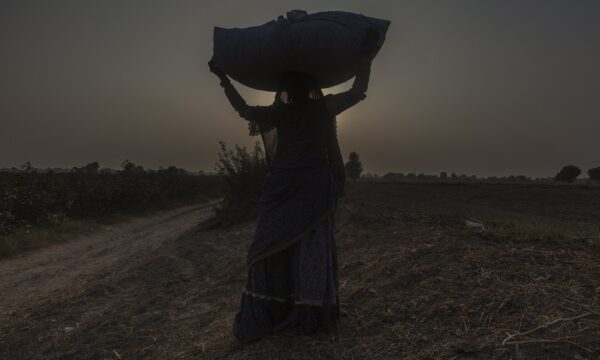I’ve written about universal health coverage (UHC) before in the context of what’s covered under UHC in one country is not the same as another [Universal health coverage gains momentum in 2016] although there are agreed basics, the essential health services to deliver “health for all”. The World Health Organization is focusing its efforts on supporting countries moving to UHC, and keeping the pressure on by running high profile events throughout 2018 on UHC beginning with World Health Day, April 7th.
Here in the UK, the population would consider cancer control as an essential health service but treatment and palliative care can be very expensive which is why NICE steps in to decide what is adopted and we have controversies over drugs that can improve your quality of life or extend your life.
The way forward for all of us is prevention by reducing the risk factors or through vaccination where relevant, and by early screening so we don’t have to rely on high-tech treatment of late stage cancers. As an article in SciDevNet quoted “NO country can afford to treat its way out of cancer”. The article asked Is cancer control in poor countries too high-tech?
The concern expressed in this article and elsewhere is that as they introduce UHC, countries need to stay focused on access, basic healthcare and an element of non-communicable diseases (NCD) prevention. The NCD budget could otherwise be eaten up simply by the high cost of treatment for cancer and heart disease.
Prevention and screening is the way forward and a good example is cervical cancer. This is caused by human papillomavirus (HPV) and is a preventable, easily screened, treatable disease (if caught early) whose risk factors are known, and a vaccination exists. Screening and vaccination is yet to be rolled out in LMIC, especially Africa, as widely as it is in the developed world.
A recent paper on CABI’s Global Health database The next Sub Saharan African epidemic? A case study of the determinants of cervical cancer knowledge and screening in Kenya has alerted me to an additional risk factor prevalent in Subsaharan Africa. HIV has left infected women at a greater risk of HPV. Regions where there was high wealth inequality in Kenya had more women who were less likely to screen for cervical cancer. Health insurance coverage, which is how UHC is paid for, was one of 3 factors that significantly predicted cervical cancer screening rates. The authors argue that “cervical cancer may be the next epidemic if integrated measures are not adopted to increase cervical cancer knowledge and overcome the barriers to utilizing early screening services”.
A quick search on the Global Health database revealed 695 records on “universal health coverage”.
Using these searches,
(de:health care costs and “universal health coverage”)
(neoplasms and “universal health coverage”)
I pulled out some interesting references:
- Strengthening health systems of developing countries: inclusion of surgery in universal health coverage World Journal of Surgery , 2015
- Priority-setting for achieving universal health coverage Bulletin of the World Health Organization , 2016
- In Madagascar, use of health care services increased when fees were removed: lessons for universal health coverage Health Affairs , 2017
- Monitoring and evaluating progress towards universal health coverage in Chile PLoS Medicine , 2014
Related articles
Related News & Blogs
CABI’s very own certified drone pilot takes flight to strengthen partnerships for precision crop pest control
The sky’s the limit for Violet Ochieng, CABI’s very own KCAA-Certified drone pilot, who visited the UK from Kenya to help strengthen partnerships for greater use of drone technology for precision crop pest management. Ms Ochieng, Research Officer – Dro…
19 June 2024









